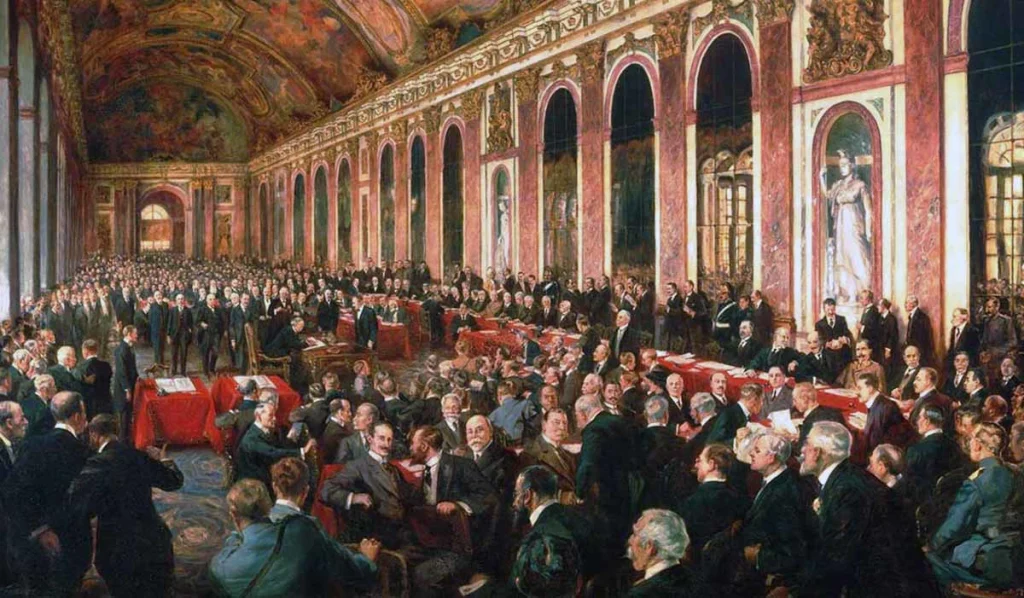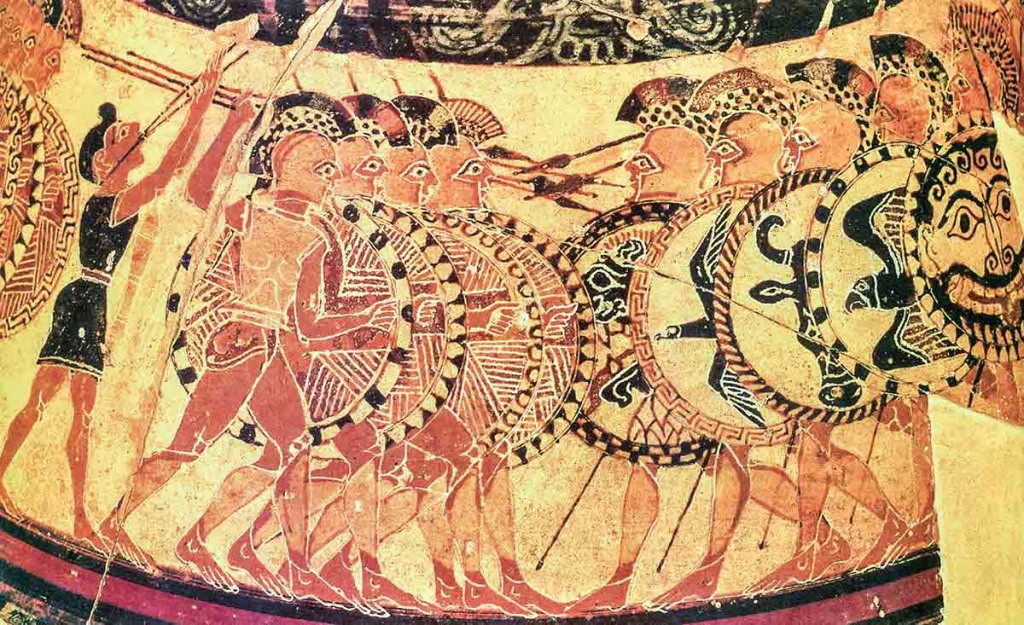The Mongol Empire, forged by Genghis Khan in the 13th century, was a colossal force that reshaped the world through conquest, trade, and cultural exchange. At its peak, it spanned from Eastern Europe to Asia, uniting diverse regions under a single rule. However, internal divisions, economic challenges, and fierce opposition led to its gradual decline.
The Birth and Expansion of the Mongol Empire
Genghis Khan, born Temüjin in 1162, united the Mongol tribes through diplomacy and warfare, establishing the Mongol Empire by 1206. His military genius, characterized by disciplined cavalry, psychological warfare, and innovative tactics, enabled rapid expansion. By his death in 1227 during a campaign in China, the empire stretched across Central Asia, parts of Persia, and northern China.
Despite Genghis Khan’s death, the Mongol armies continued their conquests under his successors. In 1241, they sacked Budapest, devastating European defenses, and in 1260, they captured Damascus, extending their reach into the Middle East. The empire’s most significant achievement came under Kublai Khan, Genghis’s grandson, who completed the conquest of China, founding the Yuan Dynasty in 1271. However, Kublai’s ambitions to invade Japan in 1274 and 1281 were thwarted by fierce samurai resistance and devastating typhoons, later dubbed the “kamikaze” or divine winds.
The empire’s vastness was unprecedented, connecting East and West through trade routes like the Silk Road. This period, known as the Pax Mongolica, facilitated cultural and economic exchanges, fostering stability across diverse regions. Yet, the seeds of decline were sown even during this golden era, as the empire’s sheer size and diversity posed governance challenges.

Division into Four Khanates
Upon the death of Genghis Khan’s successor, Ögedei Khan, in 1241, and later Möngke Khan in 1259, disputes over succession fractured the empire. By the 1260s, it split into four autonomous khanates, each ruled by a descendant of Genghis Khan:
- Yuan Dynasty (China): Led by Kublai Khan, it controlled China and parts of Mongolia, lasting until 1368.
- Golden Horde (Europe): Dominating Russia and Eastern Europe, it persisted until the late 15th century.
- Ilkhanate (Persia): Ruling Persia and parts of the Middle East, it collapsed by 1335.
- Chagatai Khanate (Central Asia): Governing Central Asia, it fragmented in the 17th century.
These khanates operated independently, often clashing with one another. Kublai Khan, for instance, faced opposition from his cousin Kaidu in the Chagatai Khanate, requiring military campaigns to secure his rule. The lack of centralized authority weakened the empire, setting the stage for its decline.

Formidable Opponents of the Mongols
The Mongols were unrivaled as horseback warriors, leveraging speed, feigned retreats, and terror tactics to dominate battlefields. However, they encountered formidable adversaries who adapted to their strategies, delivering significant defeats. The first major setback occurred at the Battle of Ain Jalut in 1260, where the Mamluks of Egypt halted the Mongols’ westward expansion. The Mamluks’ disciplined cavalry and knowledge of the terrain outmatched the Mongols, marking a turning point in their Middle Eastern campaigns.
In Japan, the samurai’s fierce resistance and strategic fortifications repelled Mongol invasions in 1274 and 1281. Kublai Khan, lured by Japan’s rumored wealth and seeking tribute, sent massive fleets, only to see them destroyed by typhoons. These natural disasters, combined with samurai resilience, ended Mongol ambitions in Japan.
Other opponents adapted by leveraging terrain and alliances. Mountainous regions disrupted Mongol cavalry, while fortified cities forced prolonged sieges, draining resources. Coalitions of local forces, such as those in Persia and Europe, used numerical superiority to counter Mongol mobility, albeit at great cost. Over time, the Mongols’ assimilation into sedentary cultures dulled their nomadic edge, making them less formidable.
[block id=”related”]
Economic Challenges and the Black Death
The Mongol Empire stabilized trade, particularly along the Silk Road, fostering the Pax Mongolica. Public works like canals and aqueducts, a postal system, and a uniform currency supported economic growth. However, the empire’s economy relied heavily on conquest and tribute, which proved unsustainable as expansion slowed.
Conquered territories were subjected to heavy taxation and tribute demands, often enforced by corrupt officials. This exploitation bred resentment, sparking rebellions that the Mongols suppressed with brutal force, leading to further instability. In Persia, the destruction of agricultural infrastructure caused food shortages, exacerbating economic woes.
The most devastating economic blow came with the Black Death, which emerged around 1331 in Central Asia. Spread via trade routes, particularly the Silk Road, the plague killed millions, decimating populations and disrupting economies. Entire regions were depopulated, labor shortages crippled agriculture and trade, and social structures collapsed. The Mongols, reliant on tribute from these regions, faced severe financial strain, accelerating their decline.
Cultural Diversity and Internal Strife
The Mongol Empire’s vastness encompassed diverse cultures, from Chinese scholars to Persian artisans and European merchants. While this diversity enriched the empire, it also sowed discord. The Mongols ruled as conquerors, often employing brutal tactics to subdue populations. The 1240 siege of Kiev, where 48,000 of 50,000 residents were massacred, exemplified their ruthlessness, instilling fear but also fostering resentment.
Governing such a sprawling empire required delegating authority to local nobles, who often prioritized their own interests, leading to corruption and rebellion. In China, the Yuan Dynasty faced uprisings from Han Chinese resentful of Mongol rule. In Persia, the Ilkhanate’s destruction of irrigation systems and agricultural lands triggered economic decline and resistance.
The Mongols’ nomadic disdain for agriculture further strained resources, particularly in agrarian societies like Persia and China. Cultural friction, combined with the empire’s reliance on fear-based governance, eroded loyalty among subjects, hastening internal fragmentation.
The Gradual Decline of the Khanates
Unlike the Roman Empire’s abrupt fall in 476, the Mongol Empire’s decline was gradual, unfolding over centuries. The division into four khanates marked the beginning of this erosion, as each pursued its own agenda, often at odds with the others. Military stagnation also played a role, as later Mongol armies failed to innovate, relying on outdated tactics that opponents had learned to counter.
The Ilkhanate was the first to collapse in 1335, weakened by internal disputes, natural disasters, and Persian resistance. The Yuan Dynasty fell in 1368, overthrown by the Ming Dynasty after widespread rebellions exploited Mongol vulnerabilities. The Golden Horde, which ruled Russia, began losing control in the 14th century and was defeated by the Rus in 1480, though remnants persisted. The Chagatai Khanate survived until the 17th century but fragmented due to local rivalries and invasions.
By the late 17th century, the Mongol Empire existed only in fragments, its once-unified dominion reduced to scattered states. The Mongols’ inability to maintain centralized governance, adapt militarily, and integrate diverse cultures doomed their empire to a slow but inevitable decline.
Legacy of the Mongol Empire
The Mongol Empire’s impact was profound, reshaping global history through conquest and connectivity. It facilitated the exchange of goods, ideas, and technologies across continents, laying the groundwork for the modern world. Gunpowder, paper, and navigational tools spread from East to West, while European knowledge reached Asia. The Pax Mongolica enabled safe passage along the Silk Road, fostering economic and cultural prosperity.
However, the empire’s legacy is also marked by destruction. Millions perished in Mongol campaigns, and entire regions, like Persia, suffered long-term economic and demographic decline. The Black Death, spread via Mongol trade routes, altered global populations and societies. The empire’s fragmentation left a power vacuum, enabling the rise of new powers like the Ming Dynasty and the Ottoman Empire.
The Mongols’ story is one of unparalleled ambition and achievement, tempered by the challenges of governing a diverse, sprawling empire. Their rapid rise demonstrated the power of unity and innovation, while their fall underscored the fragility of empires built on conquest and fear.









































